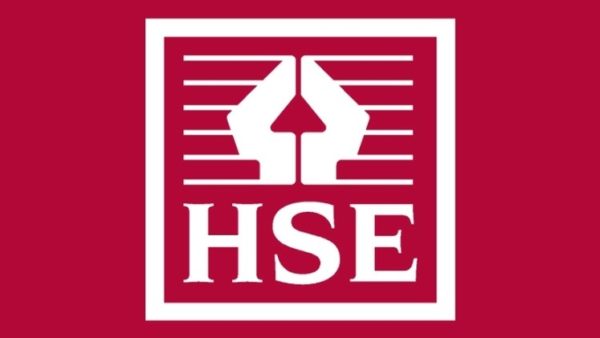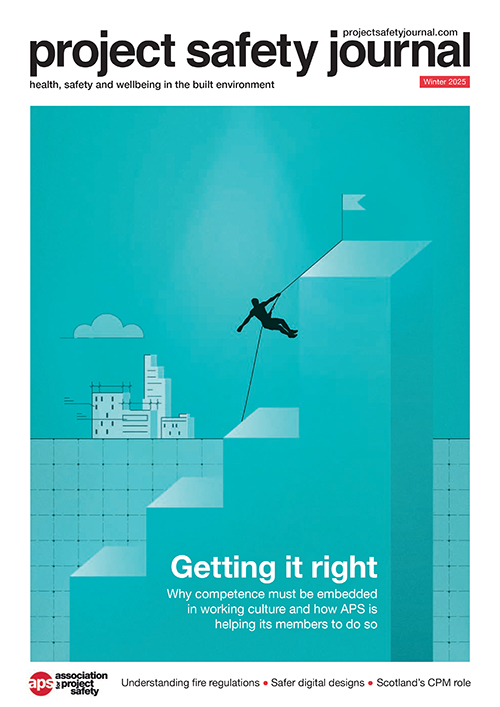On Friday 4 July, the government published The Fire Safety (Residential Evacuation Plans) (England) Regulations 2025 and accompanying guidance seeking to improve the fire safety of people with disabilities and vulnerable people in high rise and higher risk residential buildings. The regulations only cover England and those buildings in scope that have simultaneous evacuation strategies in place and will come into force on 6 April 2026.
The publication addresses various recommendations from the Grenfell Tower Phase 1 Inquiry report by way of introducing new duties on the responsible person (RP), typically the building owners and managers for buildings in scope, to address the fire safety concerns of their most vulnerable tenants.
Through these regulations, residents with disabilities and impairments who have difficulties evacuating a building by themselves in the event of a fire will be entitled to:
- a person-centred fire risk assessment to consider their specific individual risks and ability to evacuate in the event of a fire;
- the measures that could be reasonably and proportionately introduced to mitigate against their risks;
- a written statement recording what they should do in a fire;
- information shared with their local Fire and Rescue Service so they know where the most vulnerable residents live and can support their evacuation or rescue in the event of a fire.
Resident consent is needed throughout every stage of residential PEEPs: for example, the resident cannot be compelled to participate.
Responsible Persons Toolkit
Alongside the regulations, the guidance published contains a factsheet and a Responsible Persons Toolkit (the resource provides real-life examples of initiatives put in place by RPs at scale, and is intended to help other RPs in considering interventions and strategies within the residential PEEPs process).
Government intends through future primary legislation to introduce a requirement on RPs, as part of the person-centred fire risk assessment in Residential PEEPs, to consider the fire safety risks within the relevant resident’s domestic premises.
APS will review the documentation and will next also outline what the changes mean for designers across the building life cycle, while also monitoring any future legislative developments in this space.











